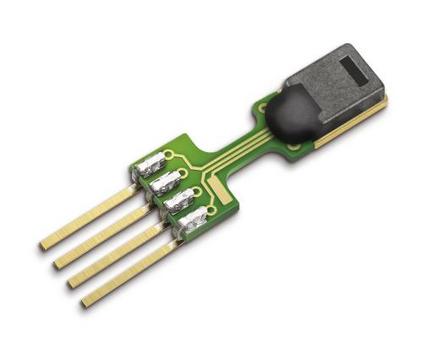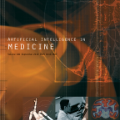Since smart cities aim at becoming self-monitoring and self-response systems, their deployment relies on close resource monitoring through large-scale urban sensing. The subsequent gathering of massive amounts of data makes essential the development of event-filtering mechanisms that enable the selection of what is relevant and trustworthy. Due to the rise of mobile event producers, location information has become a valuable filtering criterion, as it not only offers extra information on the described event, but also enhances trust in the producer. Implementing mechanisms that validate the quality of location information becomes then imperative. The lack of such strategies in cloud architectures compels the adoption of new communication schemes for Internet of Things (IoT)-based urban services. To serve the demand for location verification in urban event-based systems (DEBS), we have designed three different fog architectures that combine proximity and cloud communication. We have used network simulations with realistic urban traces to prove that the three of them can correctly identify between 73% and 100% of false location claims.
翻译:暂无翻译





